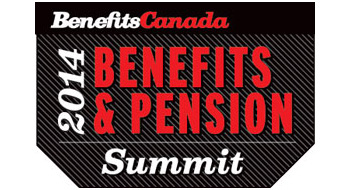
There’s been no shortage of recent studies indicating that for the past few years, prescription drug inflation in Canada has been relatively flat. Drug patent expiration and pressure from provincial governments to reduce generic drug prices are two of the biggest contributing factors to this recent phenomenon. So, if prescription drug inflation is flat and drugs are the largest component of most employer-sponsored health plans, why are insurers still using annualized health trend rates in excess of 11% to determine premium rates?

Sun Life Assurance Company of Canada has entered into a strategic business relationship with McKesson Canada to launch the Sun Life Preferred Pharmacy Network.

New research published by the Canadian Health Policy Institute shows that Quebec's publicly funded drug plan provides the best access to new drugs among all the federal and provincial public drug plans in Canada.

To protect the sustainability of private drug plans, non-traditional alliances need to become the norm.

There have been seven new drug products brought to market already in 2014 in Canada (excluding influenza vaccine formulations), five of which are specialty drugs. Last year, 63% of new products approved by Health Canada were specialty products, according to the Cubic Health Canadian Drug Database.

Spending on specialty drugs is likely to increase at a significant rate, substantially impacting the cost employers pay, according to a report.

The cost of providing employee healthcare benefits has stabilized around the globe, although a new round of increases may be on the horizon for employers.

At 21, Jeff Aarssen was diagnosed with rheumatoid arthritis.

While growth in drug plan spending is forecast to remain in low single digits over the next few years, plan sponsors could do more to ensure value for the dollars they spend.

April 1 ushered in a new era with respect to the medical use of marijuana in Canada. There are emerging implications for plan sponsors that should be considered proactively. Health Canada has repealed the Marijuana Medical Access Program in favour of the Marijuana for Medical Purposes Regulations whereby patients using medical marijuana will have to access their supply from one of 12 licensed growers (as of April 1, 2014) in Canada and can go through their own doctor for approval as opposed to having to apply to Health Canada.